Boschendal Wine Estate
South Africa’s second-oldest winery offers a first-class experience.
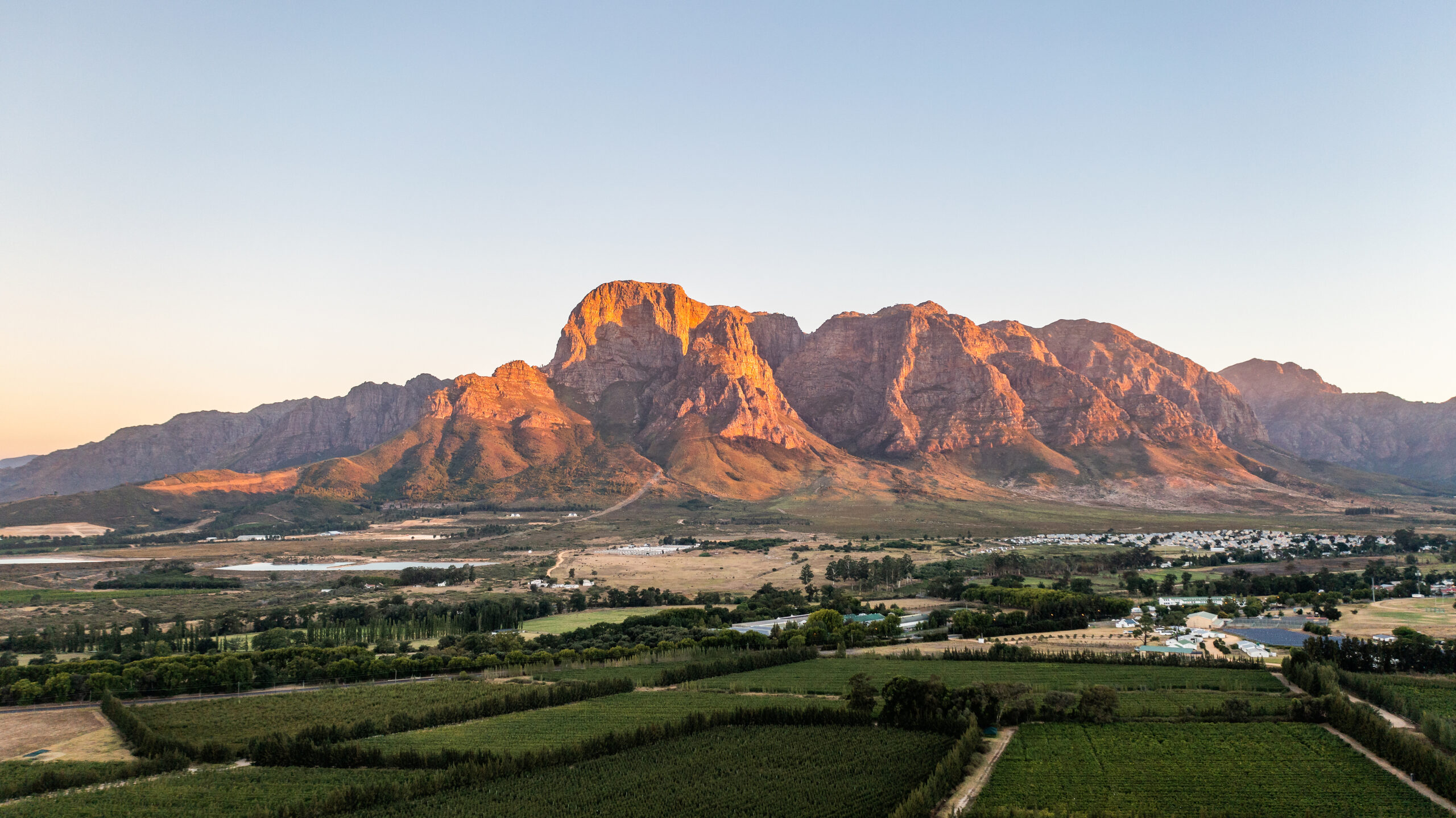
If Jean le Long, Boschendal Wine Estate’s founder, had moved a bit more quickly, he would have opened South Africa’s first winery. As it was, the Groot Constantia winery, which later produced one of the world’s most famous sweet wines, pipped Le Long at the post and opened a few weeks before Boschendal, in 1685. But no matter. Boschendal has never had second place in its DNA, and it is now one of South Africa’s foremost wineries–not only because of its wine, but also for the experience it offers visitors and its sustainable policies toward land and people.

Le Long was one of many Huguenots, as French Protestants were known, who fled France in the late 1600s to escape persecution by the government of the aggressively Catholic King Louis XIV. Hundreds of Huguenots migrated to the southern tip of Africa, then a colony of the Protestant Netherlands, and settled in a region that became known in Afrikaans as Franschhoek: the French Quarter. Many of the migrants grew grapes and made wine, and when South Africa’s wine regions were officially set up in 1973, Franschhoek was one of them.
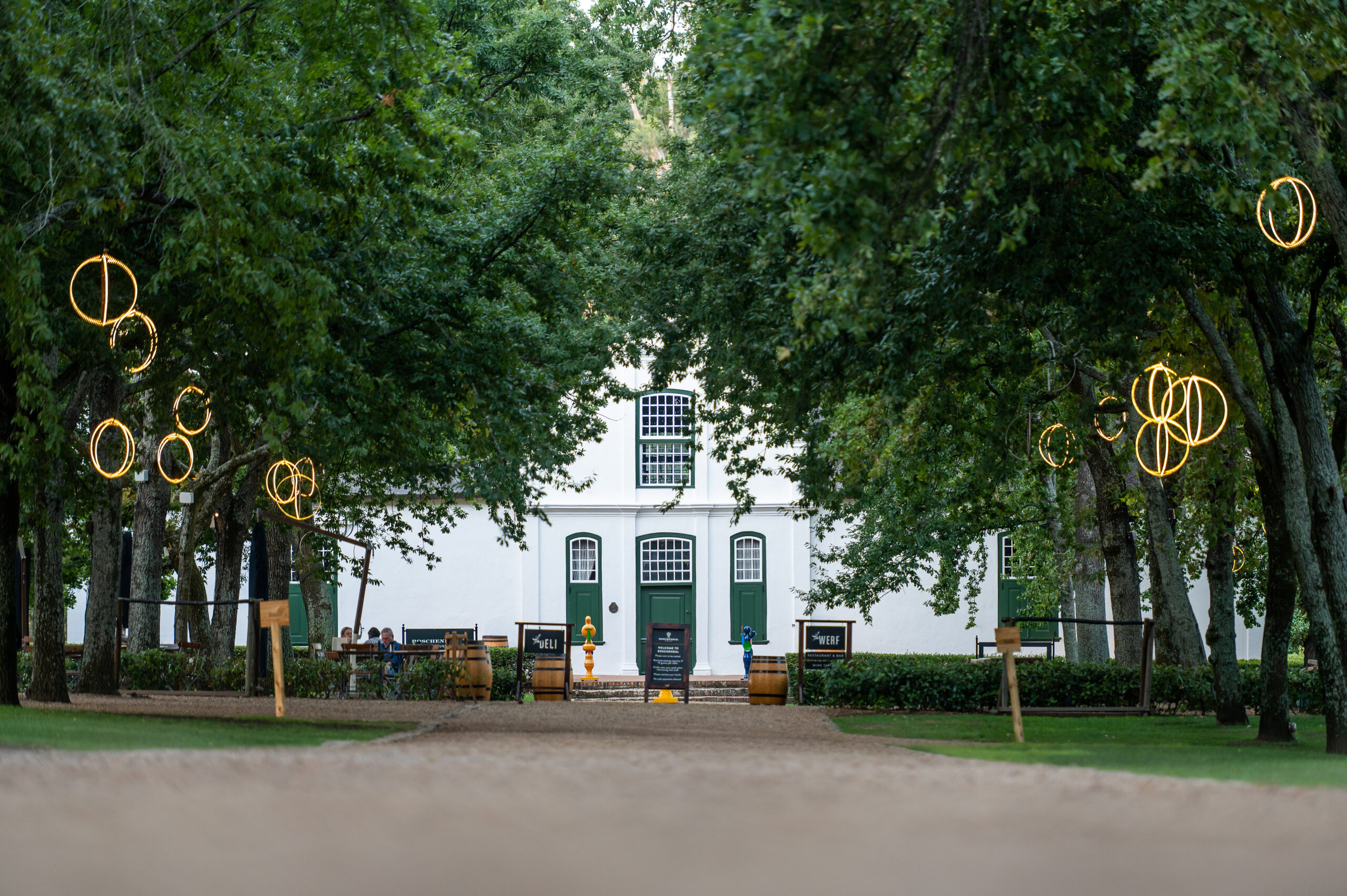
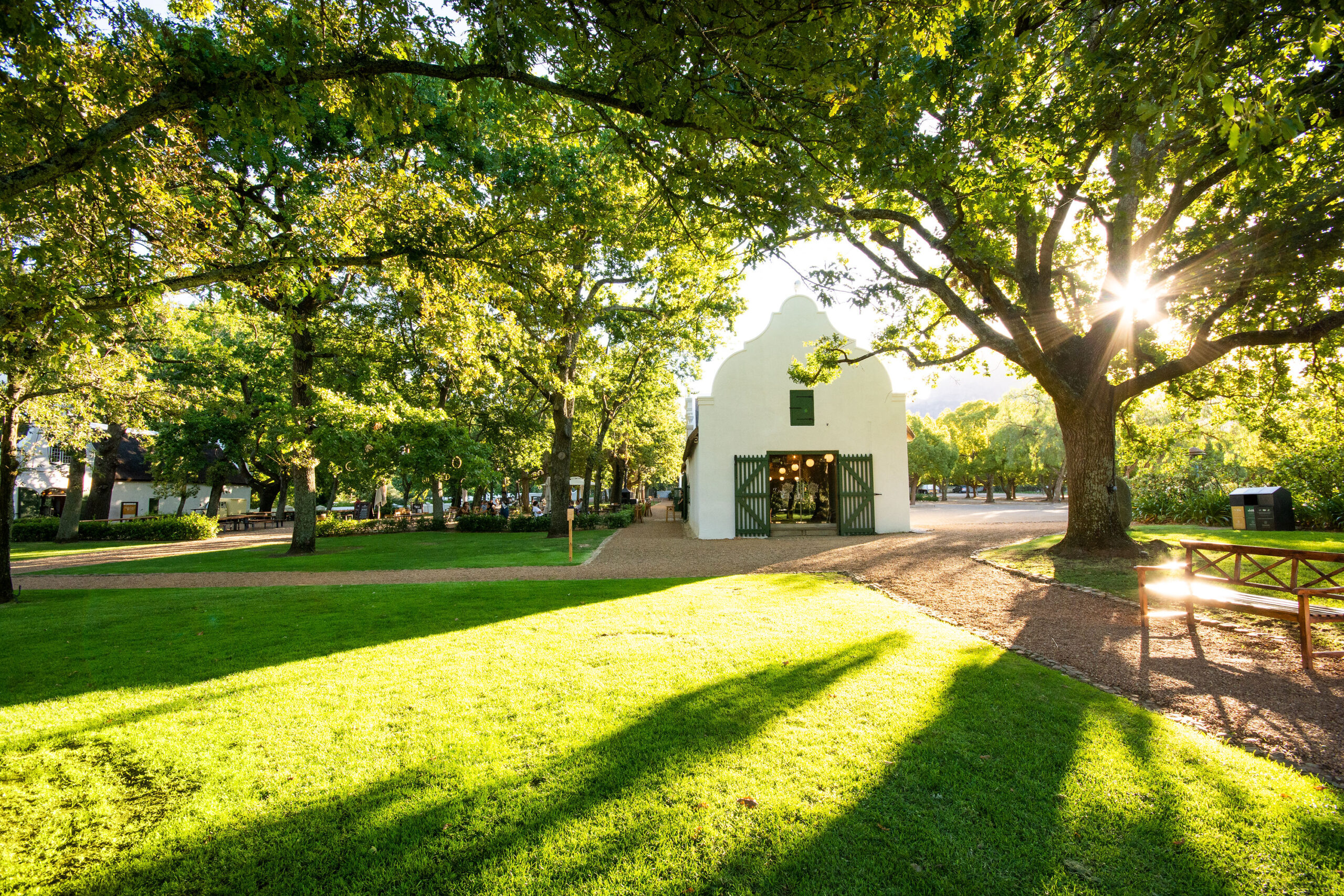
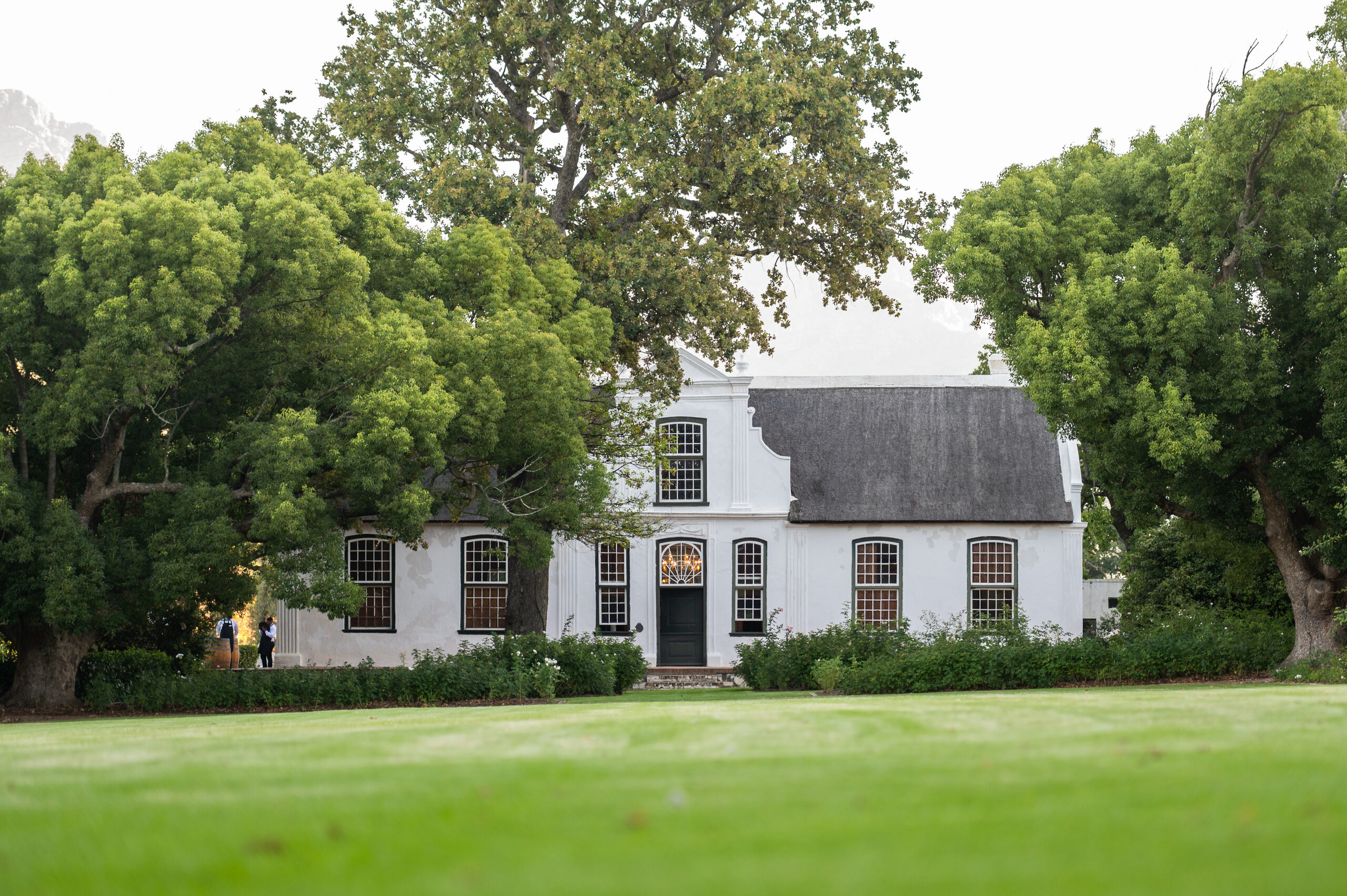
Boschendal Wine Estate is part of a bigger farm. There are vineyards, to be sure—although Boschendal also sources grapes from regions other than Franschhoek—but there are also orchards, gardens, and bush. Visitors can taste wines in the historic manor house, a classic Cape Dutch building with the typical ornate front gable, that dates to 1812: Boschendal Founders Estate is a national heritage site. They can eat in Boschendal’s restaurants and shop for produce and meat in the estate’s shops. They can go hiking, ride horses, and enjoy the art gallery. If they’re pressed for time, there’s a helipad.
Sustainability is an overriding priority as Boschendal invests in its employees and the local community. There’s a Montessori-inspired preschool for the children of the estate’s workers, and support for local children in the form of school lunches and school stationery. As for the land, much of the farm and vineyards is certified sustainable.
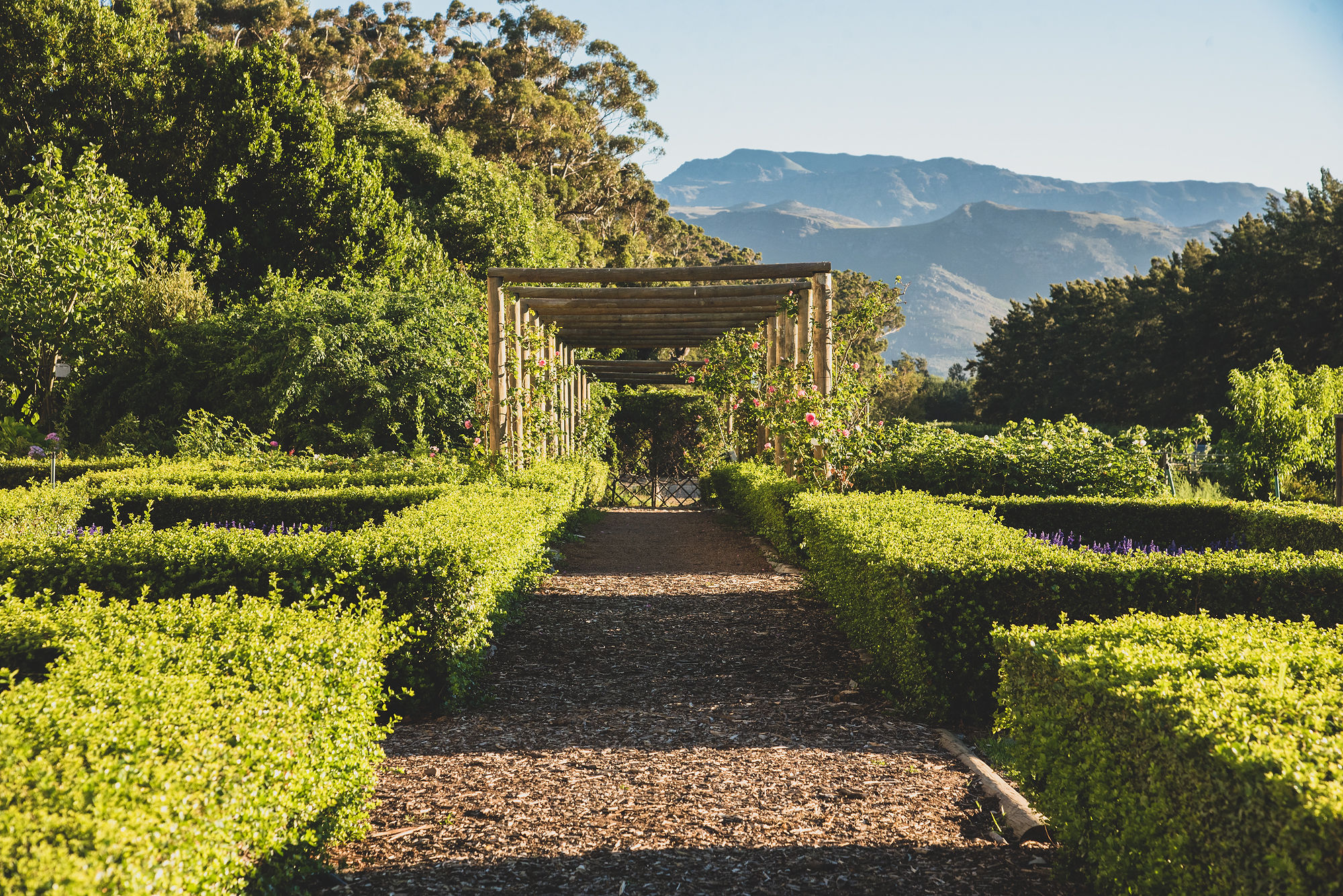
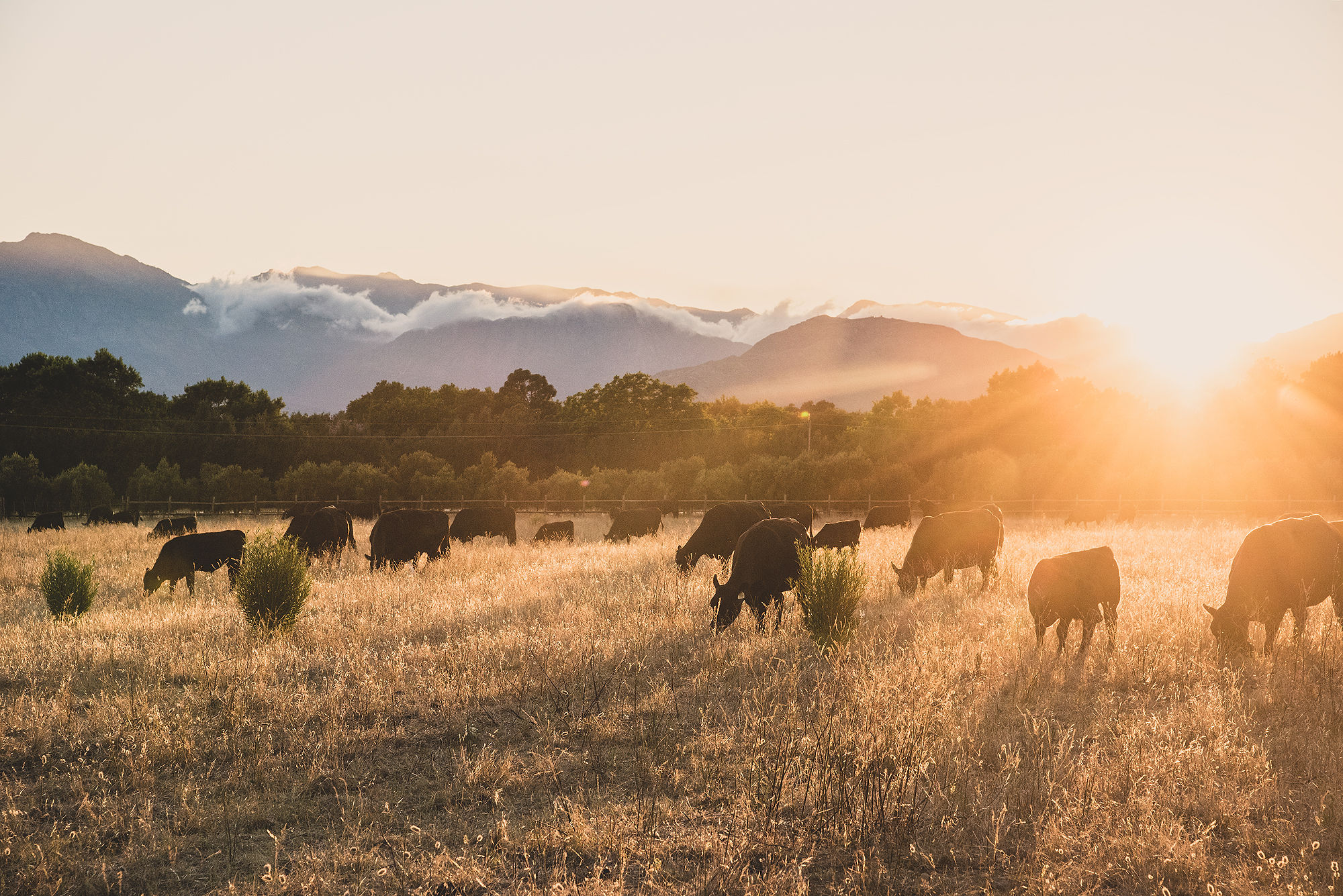
The same care goes into the wines, which are impressive across the board, given the scale of Boschendal’s production. Boschendal Cap Classique Grande Cuvée Brut 2016, a blend of pinot noir and chardonnay, spends 48 months on its lees and delivers pungent, yeasty aromas of flowers and apples, and a taut, dry mouthful of apples and citrus. Boschendal Suzanne 2022, a blend of semillon and sauvignon blanc, which has some skin contact before spending six months in large, mostly used barrels, is a gorgeous, elegant, and age-worthy white. Boschendal Appellation Series Pinot Noir 2020 delivers well-structured, layered red fruit that’s paired with finely calibrated acidity for a fresh, juicy texture.
Boschendal’s wines come in several quality and price tiers, but it’s notable that there’s a consistent style of pure fruit balanced with fresh acidity throughout the portfolio. If you don’t have time to enjoy the full Boschendal experience, despite the helipad, the wines are delicious compensation.
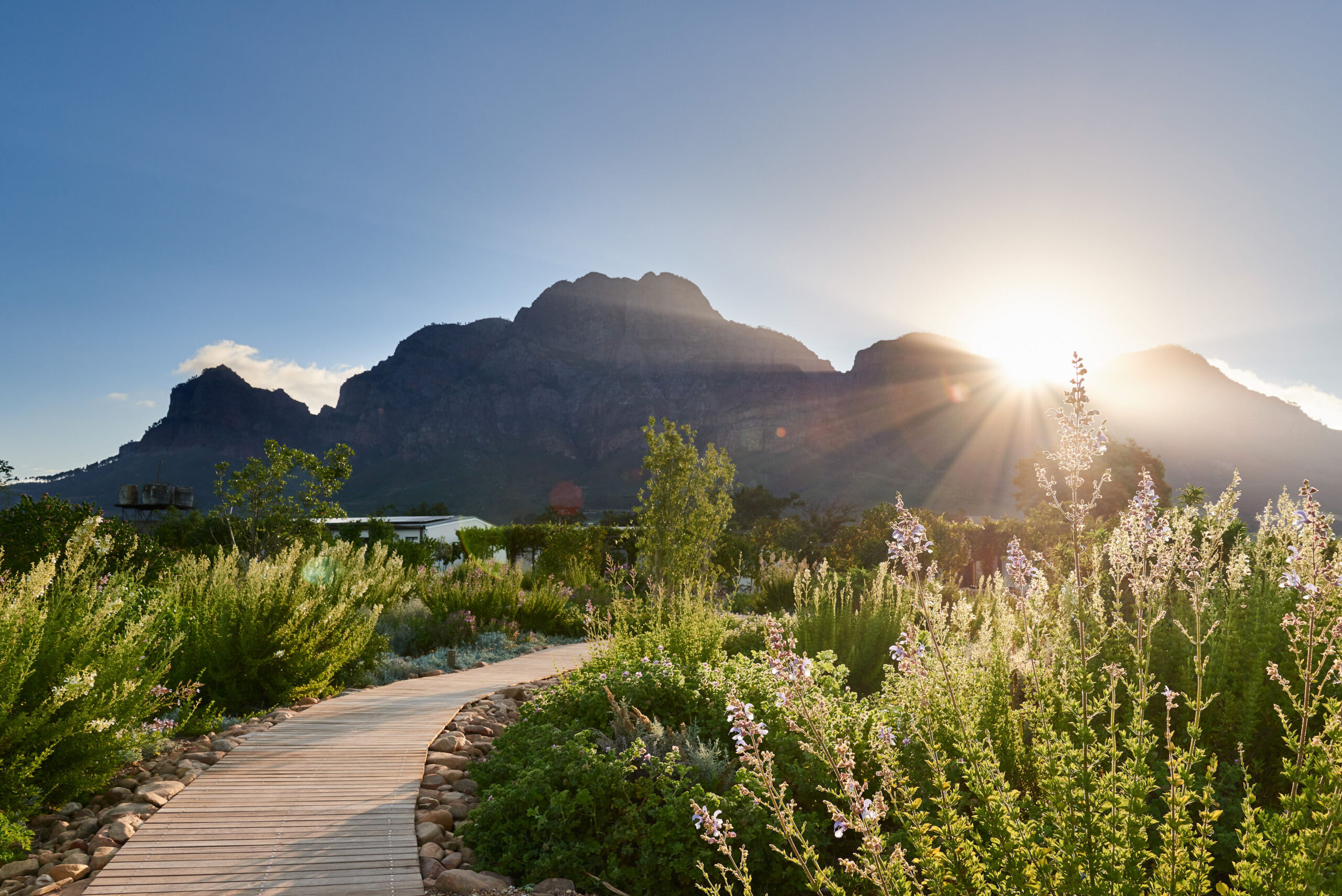
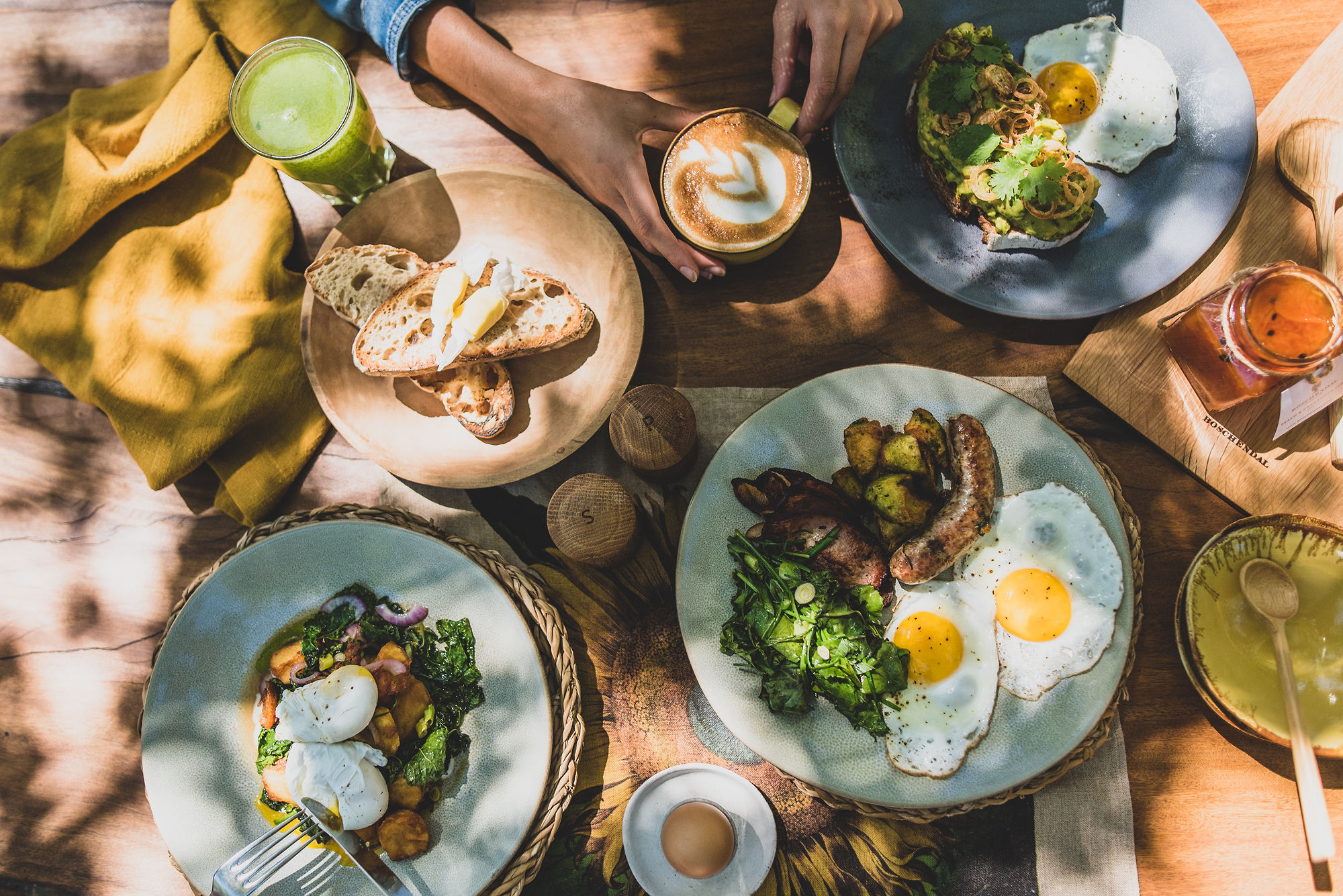
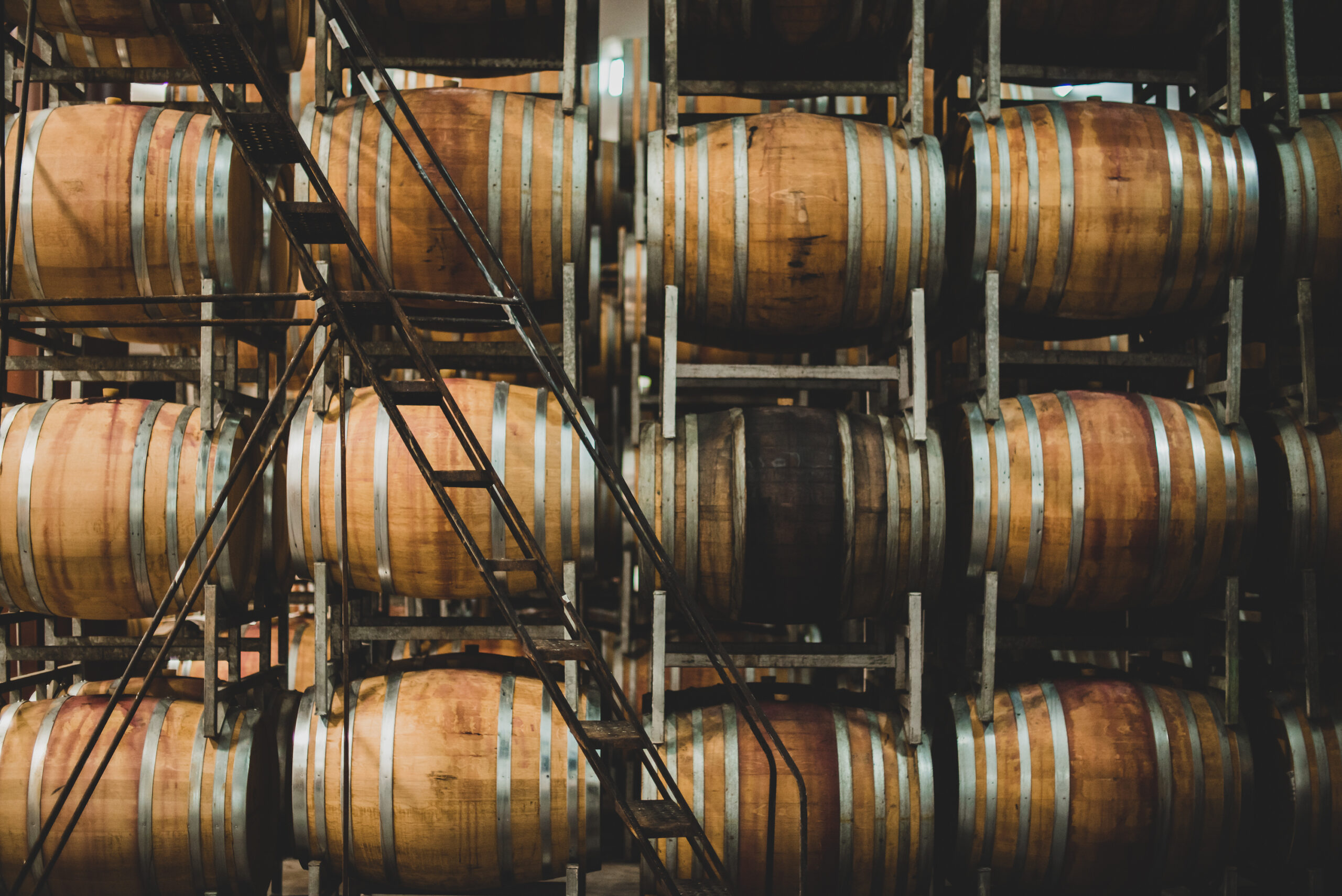
Some Boschendal wines
Boschendal Cabernet Sauvignon 2019 (cabernet sauvignon)
Boschendal Cap Classique Grande Cuvée Brut 2016 (semillon, sauvignon blanc)
Boschendal Chenin Blanc 2021 (chenin blanc)
Boschendal Nicolas 2021 (cabernet sauvignon, shiraz, merlot, cabernet franc, malbec, petit verdot)
Boschendal Pinotage 2020 (pinotage)




